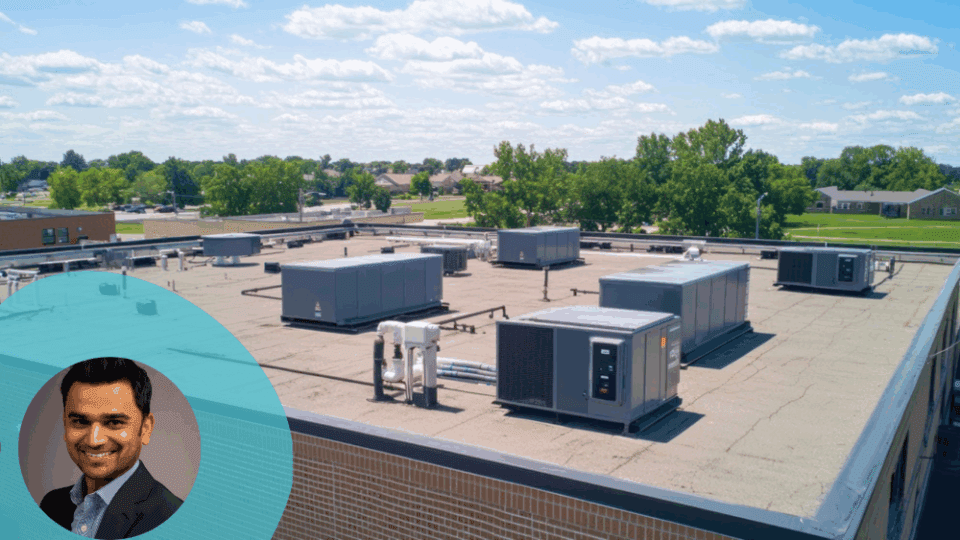As industries around the world face mounting pressure to reduce their carbon footprint and optimize energy management, the retail industry is no exception, accounting for nearly 25% of global emissions. This number accounts for the entire value chain of a retail organization — which includes transportation and manufacturing — but physical stores account for a larger piece of the puzzle than you might expect, one that retail leaders cannot afford to ignore.
One way retailers can reduce their operating costs is to better manage HVAC and utility costs, and for most brick-and-mortar locations this means optimizing their rooftop units (RTUs). While retailers rely on RTUs to control heating, ventilation and cooling capabilities, these units can be costly, inefficient and lack adaptability.
Traditional RTUs are often limited to operating at full capacity or not at all — often leading to wasted energy and drastic temperature swings. These limitations lead to elevated energy costs and carbon emissions as well as barriers to creating a consistent, comfortable environment for employees and customers alike.
There is a bright light, however. Notable advancements in automation technology are transforming how RTUs function and helping retailers get better control over their energy costs.
We see potential for retailers — large or small — to transform their operations with automation. For those looking to gain more control over their heating and cooling and to reduce emissions, here are some steps retailers can take:
Gain greater control with automation: Advancements in building automation are helping retailers gain better visibility and control of their building operations and manage their energy impact. In the case of RTUs, solutions like the Honeywell building automated control systems (hardware and software) can help retailers reduce costs. It allows heating and cooling to be adjusted based on what’s actually happening in real time — weather conditions, store occupancy and humidity levels — and can help optimize energy use during peak hours to help reduce demand charges. This type of continuous, responsive automation may increase efficiency and help reduce overall energy consumption — helping to improve profitability per square foot.
Optimize with data and predictive analytics: Smart solutions that can help predict and adapt to new conditions can help retailers get ahead of unexpected changes or performance issues. Instead of cooling a store down once it is already hot, a smart, efficient RTU can gradually adjust temperatures leading to store’s opening, creating a comfortable environment for workers and customers as they arrive. This model of operation also can help extend the lifespan of units by reducing the wear and tear of intense ramp periods of use. Further, data that’s collected can allow retailers to proactively address maintenance issues, reducing downtime and preventing high repair or replacement costs.
Invest in scalable solutions: Scalability helps enable a flexible, more cost-effective way for smaller retailers to start reducing energy use and emissions. A smaller retailer may require a more tailored approach that makes sense for its budget restrictions and specific needs, but as the physical footprint expands and the business grows, you may obtain a solution that can scale to meet demand.
By automating RTUs, retailers may increase operational efficiency and help reduce their energy costs. This can be helped by automation — benefitting the bottom line and making the environment more comfortable.
Mohit Runwal is a General Manager for multisite business at Honeywell, where he leads global business strategy across several retail clients, supporting their building automation, control and energy management needs. He has 15 years of experience with several Fortune 100 companies. Runwal’s professional experience also includes sales, marketing, strategy, finance, and recently as a P&L leader for Honeywell. In his current role, his key focus is to help shape energy-efficient building technologies.




